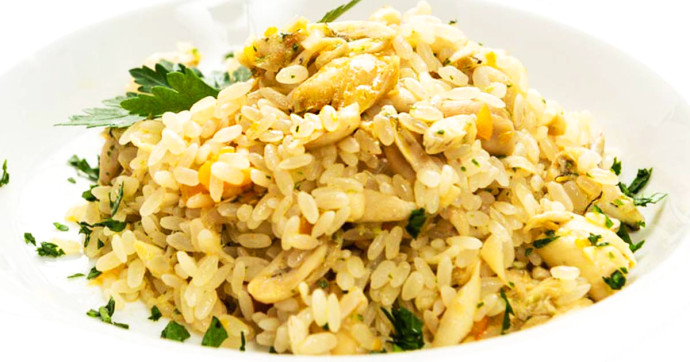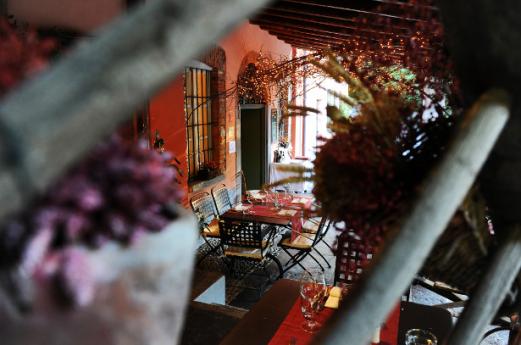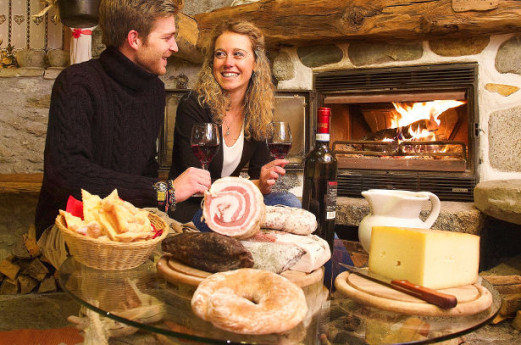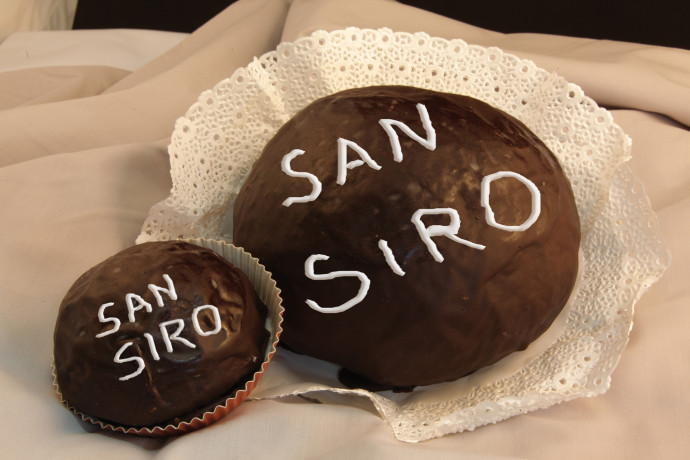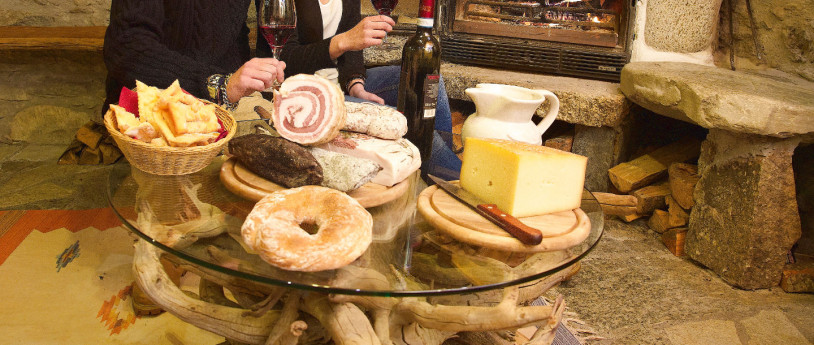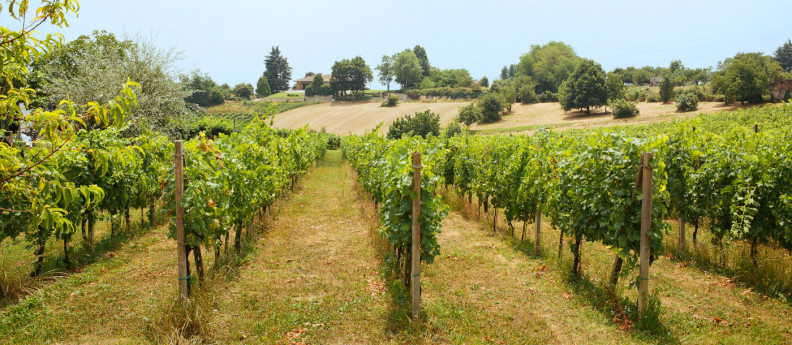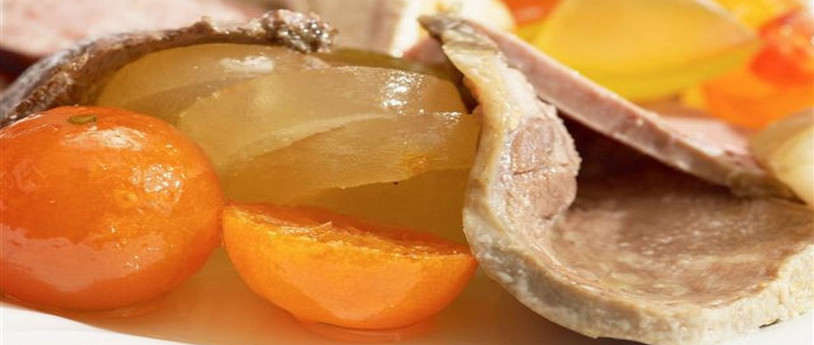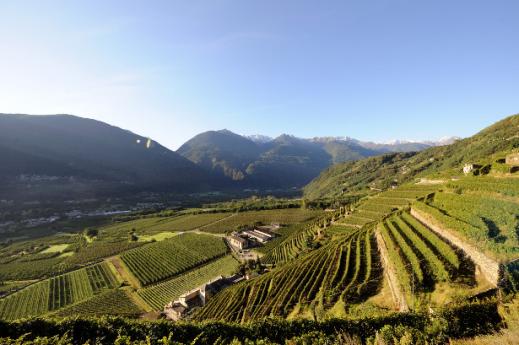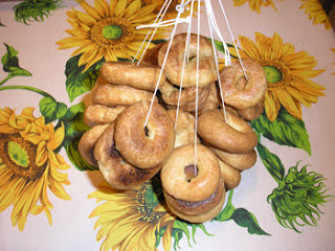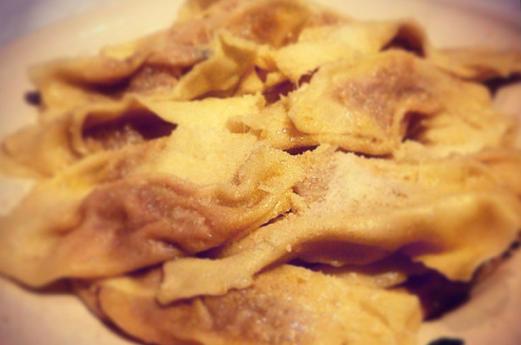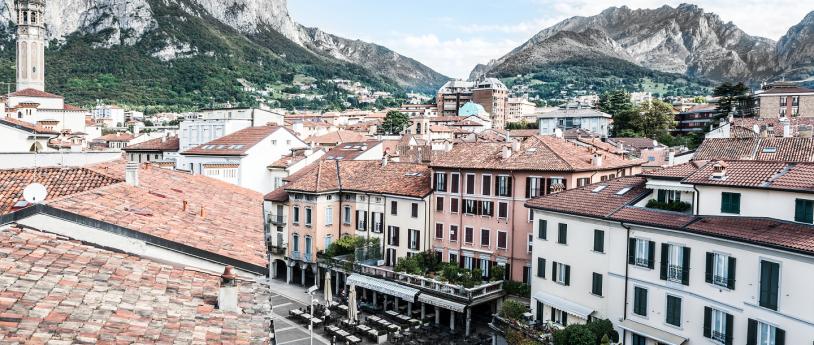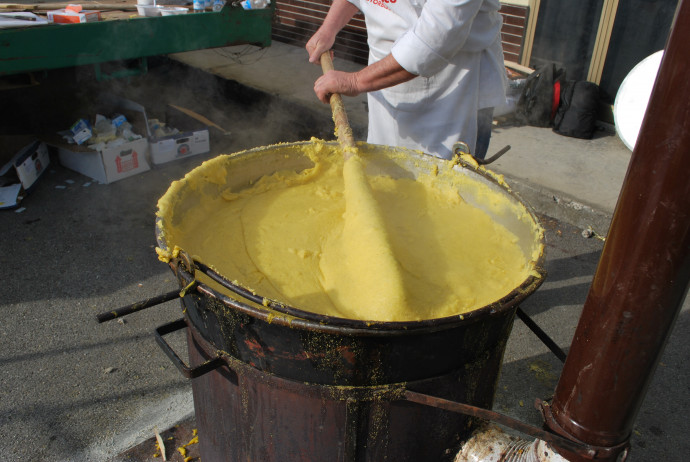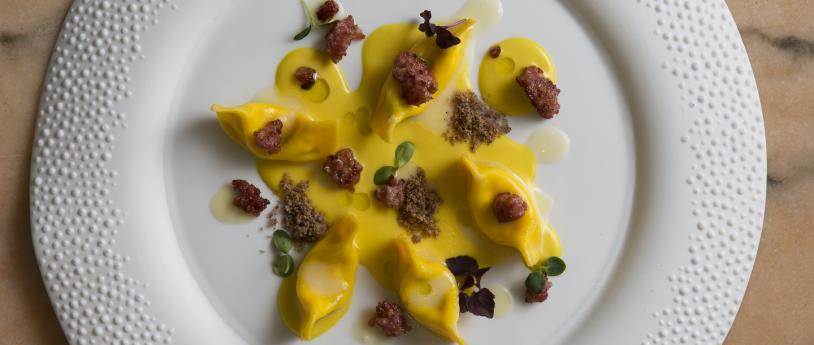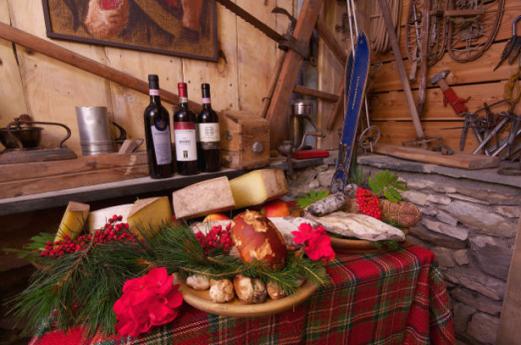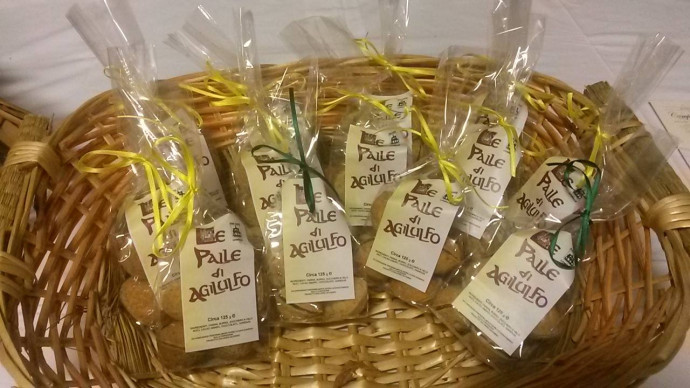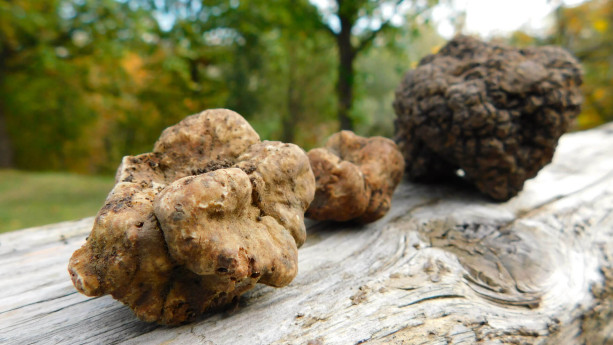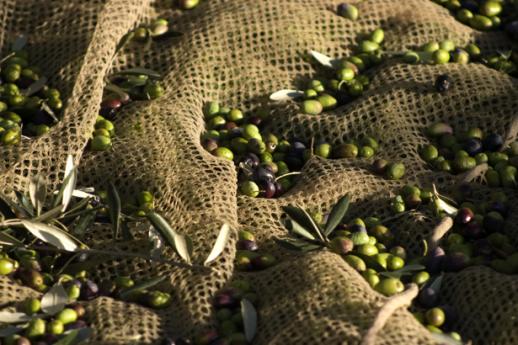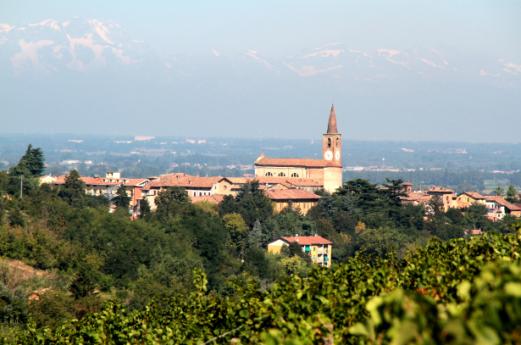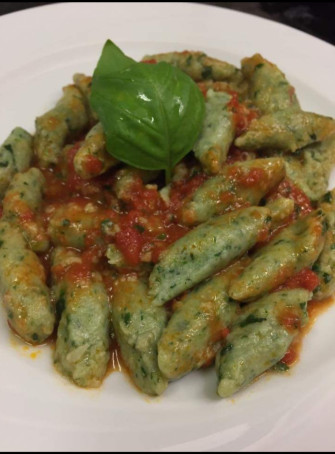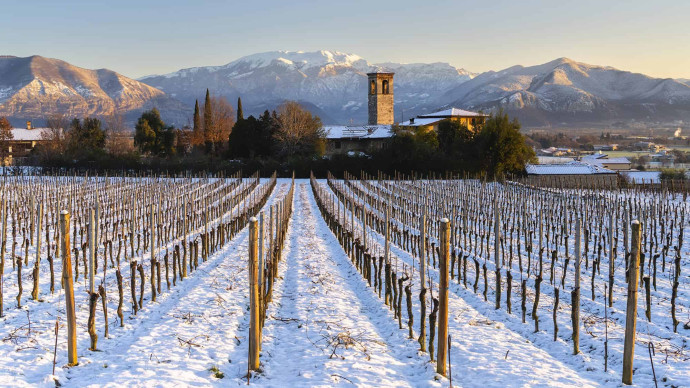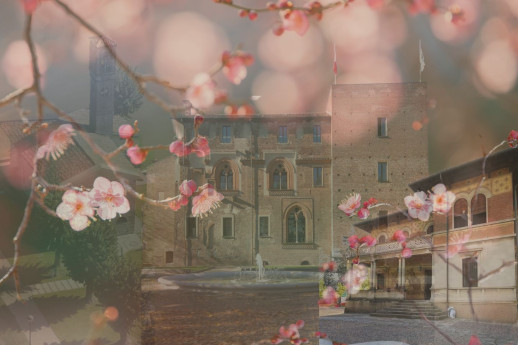- Food & Wine
The Truffle of Oltrepò Pavese
The Truffle of Oltrepò Pavese
The truffle is a tuber-shaped fungus that grows underground, consisting of a fleshy mass called the gleba and covered by a protective outer layer known as the peridium. Composed mainly of water and mineral salts, which it absorbs from the soil through the roots of the tree with which it lives in symbiosis, the truffle forms and develops near the roots of poplars, lindens, oaks, and willows, eventually becoming a true parasite.
The truffle’s color, flavor, and aroma depend on the type of tree near which it grows: oak gives it a more intense scent, while linden enhances its aromatic qualities. The texture of the soil also affects its shape: in soft soil, the truffle remains smooth, whereas in compact soil, it becomes knobby and irregular as it struggles to grow. Truffle hunting relies on the help of trained dogs and their keen sense of smell. To fully appreciate its aroma and delicate flavor, the truffle must reach full maturity. Its taste is usually sweet and delicate, with a scent reminiscent of moss and mushrooms, similar to the earthy fragrance of the forest after rainfall.
While the black truffle is the most common variety, the prized and rarer white truffle can also be found below 600 meters of altitude. Ideal for risottos, the truffle can be freshly sliced over pasta, and in recent years, controlled cultivation has been introduced alongside natural production.
Thanks to its diverse and favorable habitat, Oltrepò Pavese is home to all 44 known truffle varieties, making it a true truffle paradise. This prestigious delicacy has been renowned since the 19th century, when botanist Carlo Vittadini, a professor at the University of Pavia, founded the science of "itnology" in 1831—the study of truffles, the fragrant “diamonds” of the culinary world.
(SOURCE: HTTPS://WWW.BUONOASAPERSIPAVIA.IT)
Other links
FacebookLa miniguida
